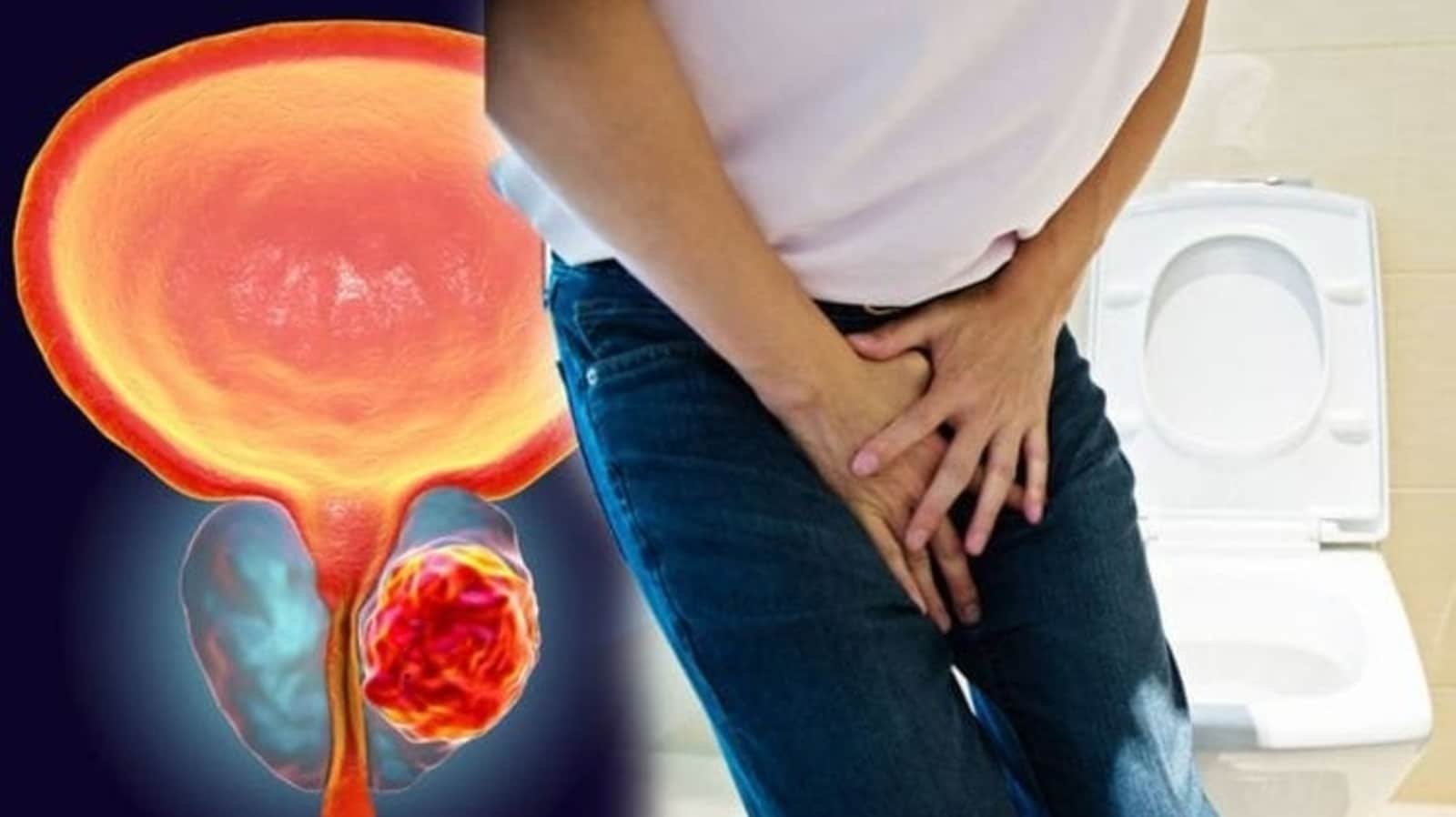Understanding the Average Age for an Enlarged Prostate: What You Need to Know
An enlarged prostate, also known as benign prostatic hyperplasia (BPH), is a common condition among aging men. Understanding the average age for an enlarged prostate can provide valuable insights into its prevalence and management. In this article, we delve into the factors influencing the occurrence of BPH and its implications for men’s health.
Average Age for BPH
The risk of developing an enlarged prostate increases with age, with prevalence rising significantly after the age of 40. By age 60, more than half of men experience symptoms of BPH, and this percentage continues to rise with advancing age. While BPH can occur at any age, it is more common in older men due to hormonal changes and prostate gland growth over time.
Factors Influencing BPH
Several factors contribute to the development of BPH, including:
- Hormonal Changes: As men age, testosterone levels decrease while levels of dihydrotestosterone (DHT), a hormone involved in prostate growth, increase. These hormonal changes can lead to the enlargement of the prostate gland.
- Family History: A family history of BPH may increase the likelihood of developing the condition. Genetic factors play a role in predisposing individuals to prostate enlargement.
- Lifestyle Factors: Certain lifestyle factors, such as obesity, lack of physical activity, and poor dietary habits, may contribute to the development or worsening of BPH symptoms.
Implications for Men’s Health
While BPH is not usually associated with prostate cancer, it can significantly impact men’s quality of life. Symptoms of BPH, including urinary frequency, urgency, weak urine stream, and incomplete bladder emptying, can interfere with daily activities and sleep quality if left untreated.
Management of Enlarged Prostate
Managing an enlarged prostate involves various approaches, including:
- Medications: Alpha-blockers, 5-alpha-reductase inhibitors, and other medications can help alleviate BPH symptoms by reducing prostate size and improving urinary flow.
- Minimally Invasive Procedures: Procedures like transurethral resection of the prostate (TURP), laser therapy, and prostate artery embolization (PAE) may be recommended for men with moderate to severe BPH symptoms.
- Lifestyle Modifications: Adopting a healthy lifestyle, including regular exercise, maintaining a balanced diet rich in fruits, vegetables, and fiber, and avoiding tobacco and excessive alcohol consumption, can support prostate health and alleviate BPH symptoms.
Conclusion
The average age for an enlarged prostate highlights the importance of prostate health awareness, particularly among aging men. By understanding the risk factors, symptoms, and management options for BPH, individuals can take proactive steps to preserve their prostate health and overall well-being.
If you’re experiencing symptoms of an enlarged prostate or have concerns about your prostate health, consult with a healthcare professional for personalized evaluation and guidance. Your health and well-being are paramount.

